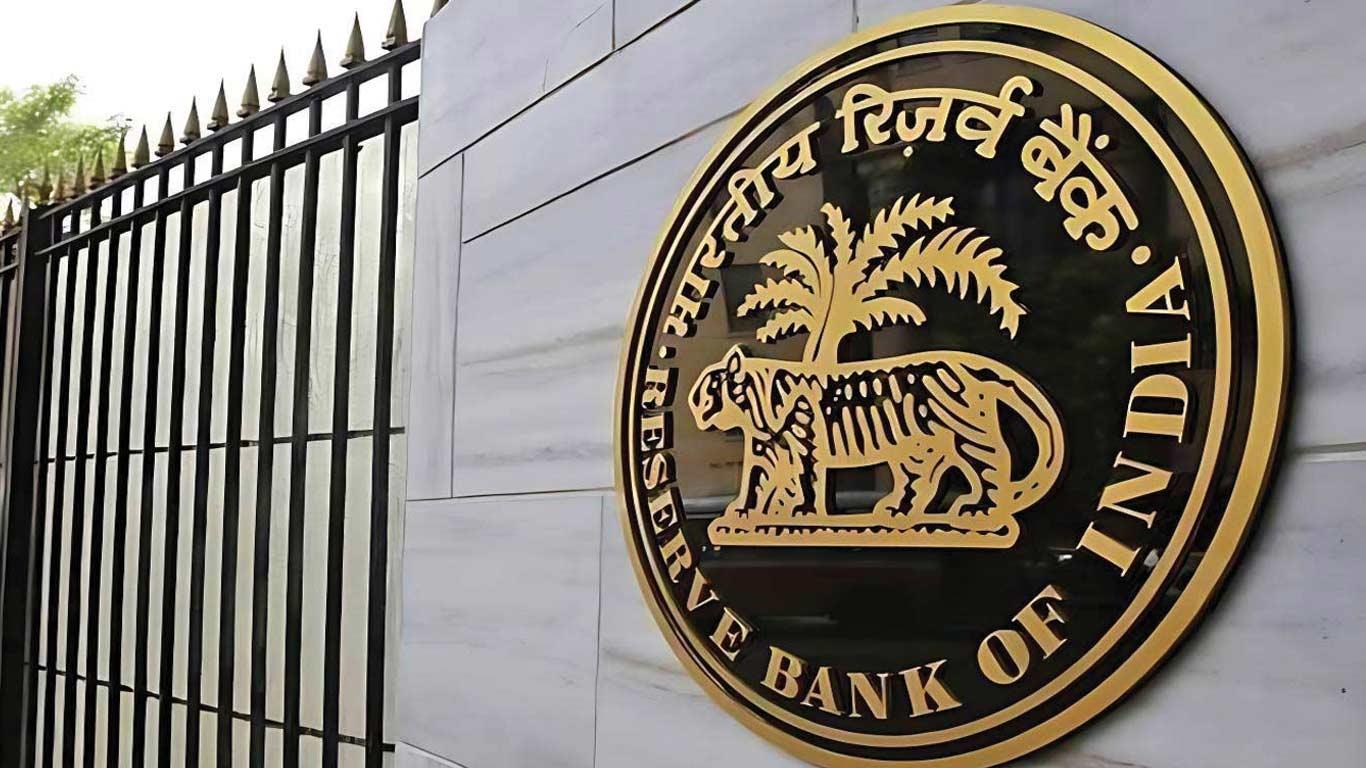
RBI Issues Draft Norms Allowing Banks To Finance Corporate Acquisitions & Raise IPO Loan Limits
The proposed Reserve Bank of India (Commercial Banks – Capital Market Exposure) Directions, 2025 aim to rationalise and consolidate existing regulations governing banks' exposure to capital markets.
The central bank has invited stakeholder feedback by November 21, 2025, and plans to implement the new framework from April 1, 2026, reported PTI.
The RBI noted that capital market exposures (CME) by regulated entities carry higher risk and are therefore subject to exposure caps, loan-to-value (LTV) limits, and purpose-specific lending restrictions.
The draft guidelines, it said, have been comprehensively reviewed to align with evolving market practices and create a more enabling framework for bank participation in capital market financing.
Under the new norms, banks may extend acquisition finance to Indian corporates acquiring equity stakes in domestic or foreign companies as strategic, long-term investments.
The finance can be provided directly to the acquiring company or to a special purpose vehicle (SPV) set up for the transaction.
The draft proposes that banks can fund up to 70 percent of an acquisition's value, with the remaining 30 percent to be contributed by the acquirer through its own equity.
The move meets a long-pending demand of Indian banks, with industry leaders, including State Bank of India Chairman C.S. Setty, having previously urged the regulator to permit such financing in line with global practice.
The RBI has also proposed increasing the loan limit for individuals subscribing to IPOs, FPOs, or employee stock option plans (ESOPs) to Rs 25 lakh, up from the current Rs 10 lakh ceiling.
Borrowers must maintain a minimum margin of 25 percent, with loans capped at 75 percent of the subscription value. Shares allotted under these offers will be pledged to the lending bank as security.
Further, the draft norms set a loan cap of Rs 1 crore per individual against eligible securities - including government securities, mutual funds, sovereign bonds, listed shares, convertible debt instruments, and rated commercial papers.
The RBI has also proposed new prudential exposure limits: a bank's direct capital market exposure, including investments and acquisition finance, should not exceed 20 percent of its solo and consolidated Tier 1 capital.
Aggregate CME exposure on a consolidated basis must remain within 40 percent of the bank's consolidated Tier 1 capital as of March 31 of the previous financial year.
(KNN Bureau)
Legal Disclaimer:
MENAFN provides the
information “as is” without warranty of any kind. We do not accept
any responsibility or liability for the accuracy, content, images,
videos, licenses, completeness, legality, or reliability of the information
contained in this article. If you have any complaints or copyright
issues related to this article, kindly contact the provider above.


















Comments
No comment